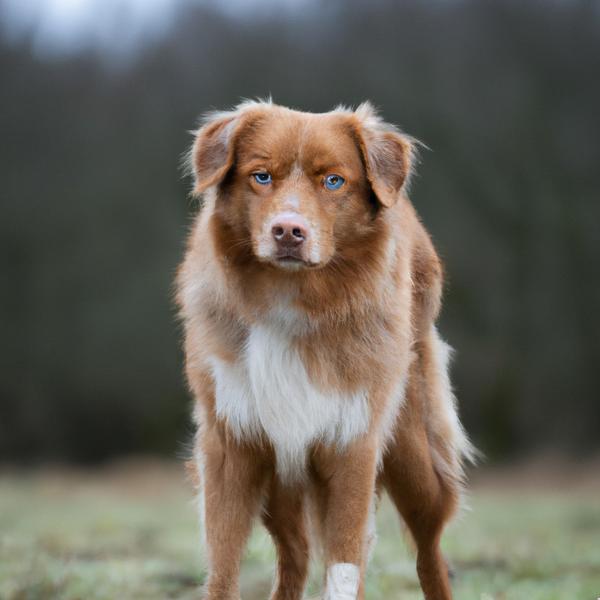Australian Retriever vs. Dalmatian Husky: Breed Differences and Similarities
Hypoallergenic
Are Australian Retrievers or Dalmatian Huskys hypoallergenic, or neither?
Unfortunately, neither Australian Retriever nor Dalmatian Husky are hypoallergenic, which may not make them the best choice for dog lovers who suffer from pet allergies.
Temperament
What are the personalities of Australian Retriever and Dalmatian Husky dogs?
Active
Loving
Protective
Intelligent
Confident
Friendly
Affectionate
Reliable
Kind
Good-natured
Trustworthy
Active
Playful
Energetic
Alert
Sensitive
Intelligent
Friendly
Outgoing
Gentle
Shedding Level
Do Australian Retrievers shed more than Dalmatian Huskys, or which breed sheds more, Australian Retrievers or Dalmatian Huskys?
Australian Retrievers are moderate shedders, but regular brushing can reduce shedding and maintain coat health.
Dalmatian Huskys shed a lot of hair each year, so frequent brushing is essential for reducing shedding and maintaining coat health.
Watchdog Ability
Which dog breed makes a better watchdog, the Australian Retriever or Dalmatian Husky?
The Australian Retriever and Dalmatian Husky dogs are average watchdogs. If they sense something different, these breeds will alert their owner.
Origin
What is the origin of Australian Retriever and Dalmatian Husky dog breeds?
United States
United States
Ancestry
What are the origins of Australian Retriever and Dalmatian Husky breeds?
Australian Shepherd and Golden Retriever
Siberian Husky, Dalmatian
Date of Birth
When were Australian Retriever and Dalmatian Husky breeds first developed?
2005
Unknown
Litter Size
What is the usual litter size for Australian Retriever and Dalmatian Husky?
Australian Retriever and Dalmatian Husky, can have a litter of 6-9 puppies each on average. Nonetheless, it's important to keep in mind that litter size can differ significantly between individual dogs. Various factors such as the mother's health, breeding history, and genetics can have an impact on litter size.
Adaptability
Australian Retriever and Dalmatian Huskys are known for their adaptability and versatility. They are capable of adapting well to a wide range of lifestyle changes and living environments, making them great companions for families and individuals of all lifestyles.
Health Issues
Between Australian Retriever and Dalmatian Husky, which breed is more prone to health problems?
The Australian Retriever and Dalmatian Husky breeds are commonly healthy with low vet costs, regular check-ups may not be as necessary but it's important to keep an eye on their health and have them checked by a veterinarian when needed.
Major Concerns
What are the major health concerns for Australian Retriever and Dalmatian Husky breeds?
Hip Dysplasia
Epilepsy
Bloat
Cataracts
Allergies
Hip Dysplasia
Progressive Retinal Atrophy (PRA)
Minor Concerns
What minor health issues should be kept in mind when owning Australian Retriever and Dalmatian Husky?
Eye Problems
Hypothyroidism
None
Occasional Tests
What occasional tests are recommended for Australian Retriever and Dalmatian Husky breeds?
Eye
Hip
Skeletal
Thyroid Tests
X-Rays
Eye Examination
X-Rays
CT Scan
Eye Examination
Physical Examination
Energy
How do the energy levels of Australian Retrievers and Dalmatian Huskys compare?
Australian Retrievers thrive on an active lifestyle due to their high-energy nature.
Dalmatian Huskys are suitable for those with a balanced lifestyle as they have an average energy level.
Social Needs
Australian Retriever vs Dalmatian Husky social needs comparison
Australian Retriever has very high social needs and requires regular mental and physical stimulation, a job or purpose, and companionship.
Dalmatian Husky has above average social needs and thrives with interaction with humans and other dogs.
Exercise Needed
Australian Retriever vs Dalmatian Husky exercise need comparison.
The Australian Retriever and Dalmatian Husky breeds need significant physical activity to maintain a healthy lifestyle. They are well-suited for those who lead an active lifestyle and enjoy activities such as running, hiking, or other outdoor pursuits.
Sleeping Need
Which of the two sleeps the most/least: Australian Retriever or Dalmatian Husky?
Australian Retriever and Dalmatian Husky are active dogs that may not require as much sleep as other breeds. However, they still need enough sleep to stay healthy.
Tendency to Bark
Do Australian Retrievers or Dalmatian Huskys bark more/less frequently?
Australian Retriever dogs are generally less vocal than other breeds and only bark when necessary, such as to alert their owner or communicate.
Dalmatian Huskys bark moderately when necessary and may also bark due to certain triggers like fear, alarm, boredom, greeting, separation anxiety and compulsive barking.
Mouthiness
Mouthiness Comparison: Australian Retriever vs Dalmatian Husky?
Roaming urge
Australian Retriever vs Labrador: Running away tendency?
Prey Drive
Australian Retriever or Dalmatian Husky - which breed has a higher level of prey drive?
Past times
What are some enjoyable activities and ways to keep Australian Retriever and Dalmatian Husky entertained?
Cuddling, Swim, Dressing up, Dog, Walk, Fetch, Chase, Run, Training, Snow, Sniffing, Catch, Frisbee, Hiking, Running, Swimming, Who’s there, Hide & Seek, Tug, Tug-of-war, Go to Beach, Go to Park, Nap, Ball, Roughhouse, Catch treats, Cuddles, Tricks, Teaching tricks, Playing babies
Playing Ball, Tug-of-war, Running, Fetch, Walk, Walks, Brushing, Dog Parks, Catch treats
Tolerance of being left alone
Grooming
Which breed is easier to maintain in terms of grooming, Australian Retrievers or Dalmatian Huskys?
The Australian Retriever requires an average amount of grooming compared to other breeds.
The Dalmatian Husky has low grooming needs and is easy to maintain.
Brushing Frequency
What is the recommended brushing frequency for Australian Retriever and Dalmatian Husky dogs?
Ideally, Australian Retriever should be brushed at least 2 or 3 times a week (preferably daily) improve shedding.
Dalmatian Husky should be brushed at least once a week. Of course you can give them more frequent brushes if you find that they are still shedding a lot
Intelligence
Comparing Intelligence: Australian Retrievers vs Dalmatian Huskys
Australian Retriever is a very intelligent and trainable breed.
Dalmatian Huskys are average in obedience intelligence but have a high IQ and may cause trouble if left unsupervised.
Sensitivity Level
How do Australian Retriever and Dalmatian Husky compare in sensitivity?
These breeds are more sensitive than others and easily overwhelmed by new surroundings and people. Australian Retriever and Dalmatian Husky need gentle handling and a calm, stable home environment with positive reinforcement training.
Affection Dependance
Which is the more affectionate dog breed: Australian Retriever vs Dalmatian Husky?
Apartment Friendly
Which breed is more apartment-friendly: Australian Retriever or Dalmatian Husky?
Australian Retrievers are good apartment dogs as long as they get enough exercise and stimulation outside of the apartment.
Dalmatian Huskys can do well in apartments with enough exercise and time outside, but a small yard would be ideal.
Child Friendly
Do Australian Retrievers or Dalmatian Huskys have a friendlier temperament towards children?
The typical characteristics of Australian Retriever and Dalmatian Husky indicate that this breed of dog is an ideal companion for kids and makes them family pets. Their gentle and protective nature and calm mentality make them gel along quickly with the younger humans.
Senior-friendly
Which dog is more suitable as a pet for the elderly - Australian Retriever or Dalmatian Husky?
Cat Friendly
Do Australian Retriever or Dalmatian Husky breeds have a better compatibility with cats?
Australian Retrievers are good with cats, but early training is needed to prevent chasing behavior.
Dalmatian Huskys are somewhat cat friendly and can be trained to get along with cats.
Dog Friendly
Which breed is more sociable with other dogs: Australian Retriever or Dalmatian Husky?
Australian Retrievers are friendly and active companions, and can be good family pets, though their friendliness towards other dogs may vary.
Dalmatian Huskys are generally very friendly towards other dogs, with a happy and affectionate temperament.
Pet friendly
How do Australian Retriever or Dalmatian Husky dogs interact with other pets?
Stranger Friendly
Which breed is more friendly with strangers: Australian Retriever or Dalmatian Husky?
Australian Retrievers are friendly but may bark at strangers, and training is easy due to their intelligence.
Dalmatian Huskys are averagely friendly around strangers but benefit from early socialisation.
Playfulness
Which breed is more playful between Australian Retriever and Dalmatian Husky?
Australian Retriever and Dalmatian Husky are known to be highly playful dogs. So if you're not up for all that, think about adopting slightly older Australian Retriever and Dalmatian Husky for a mellower experience.
Trainability
How do the trainability levels of Australian Retrievers and Dalmatian Huskys compare?
The Australian Retriever is highly intelligent and eager to please, making it a great choice for both novice and experienced dog owners due to its easy trainability.
Dalmatian Huskys may require more time and patience to learn commands, but with consistency, they can be trained.
Compare Australian Retriever with other breeds
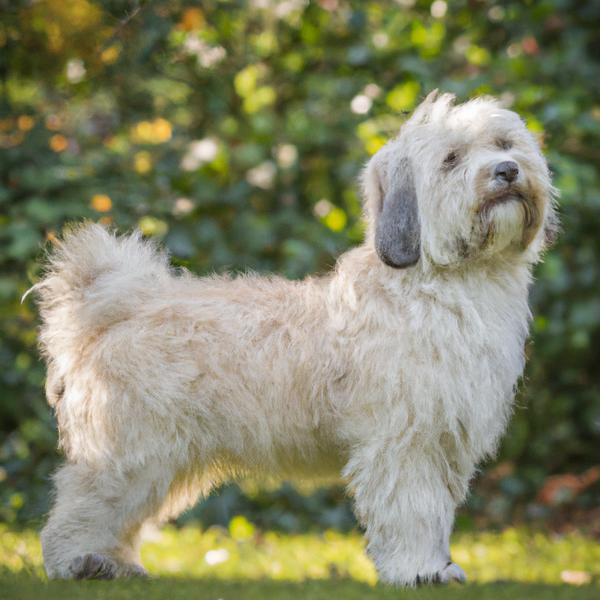
Dandie Dinmont Terrier
Australian Retriever vs Dandie Dinmont Terrier
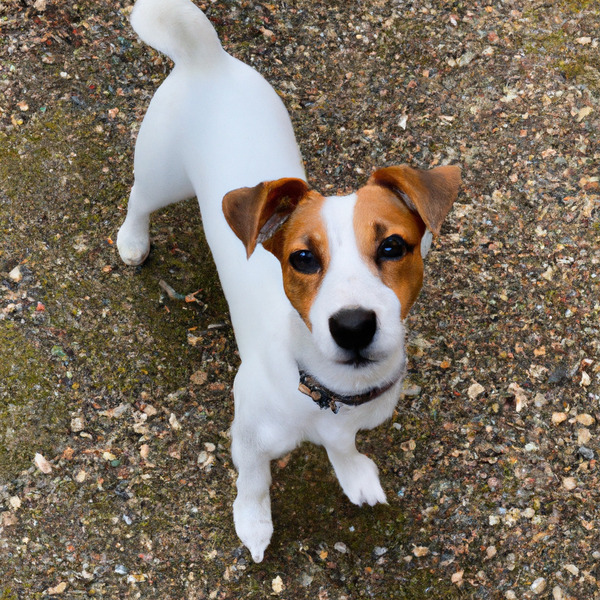
Jack Russell Terrier
Australian Retriever vs Jack Russell Terrier
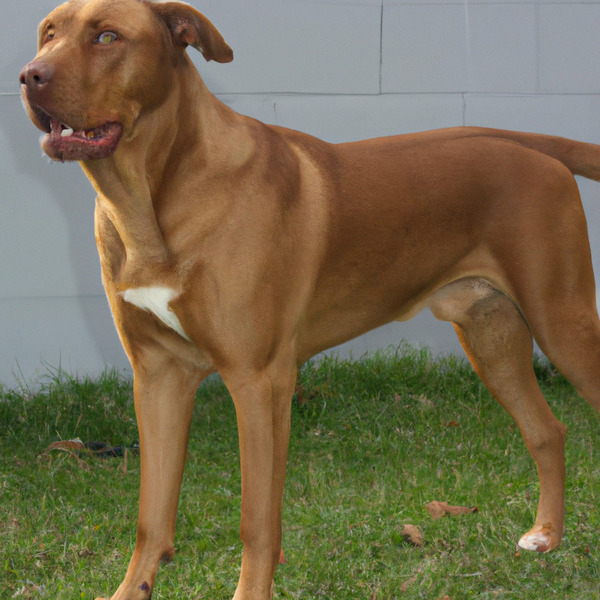
Uruguayan Cimarron
Australian Retriever vs Uruguayan Cimarron

Pitweiler
Australian Retriever vs Pitweiler
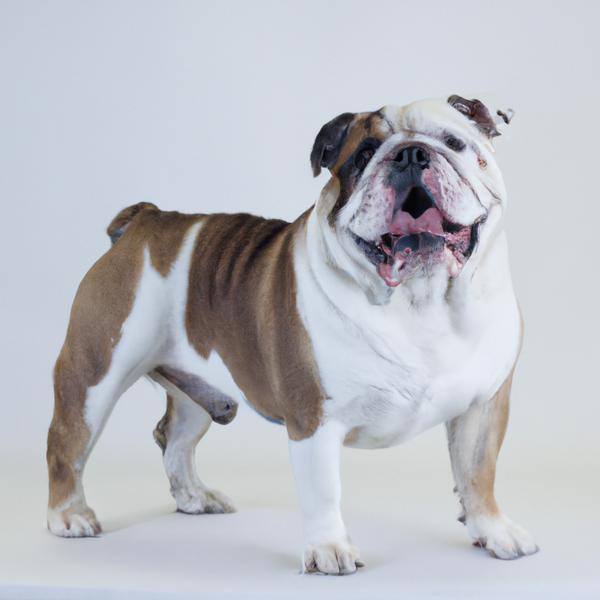
English King
Australian Retriever vs English King
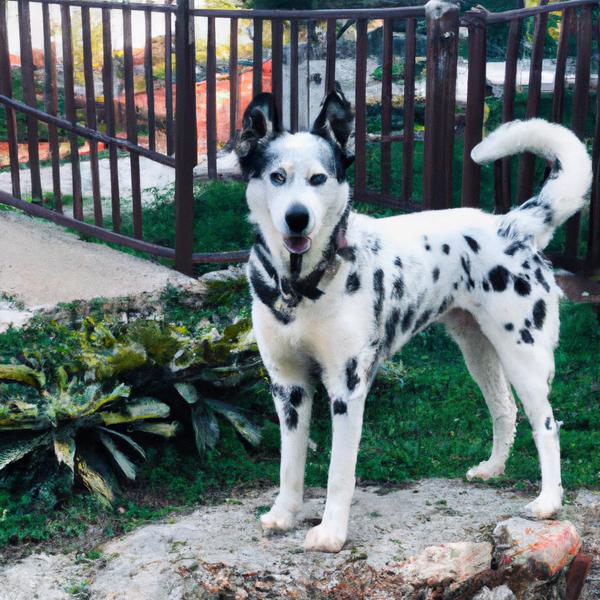
Dalmatian Husky
Australian Retriever vs Dalmatian Husky
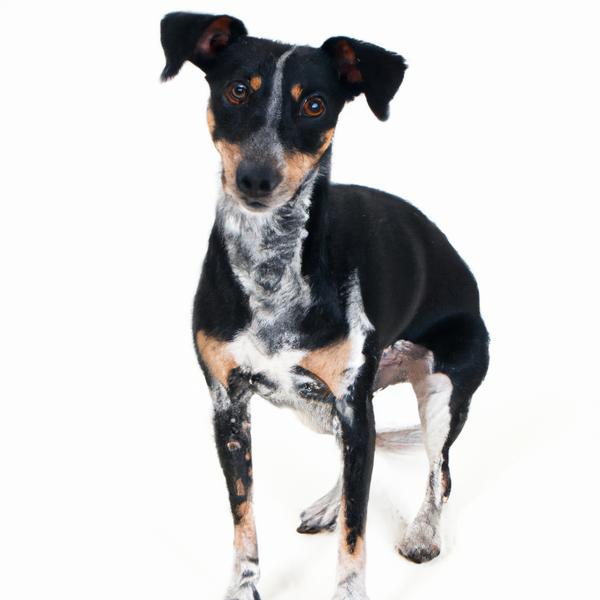
Bluetick Rat Terrier
Australian Retriever vs Bluetick Rat Terrier

Alaskan Malamute
Australian Retriever vs Alaskan Malamute

Cattle Collie Dog
Australian Retriever vs Cattle Collie Dog
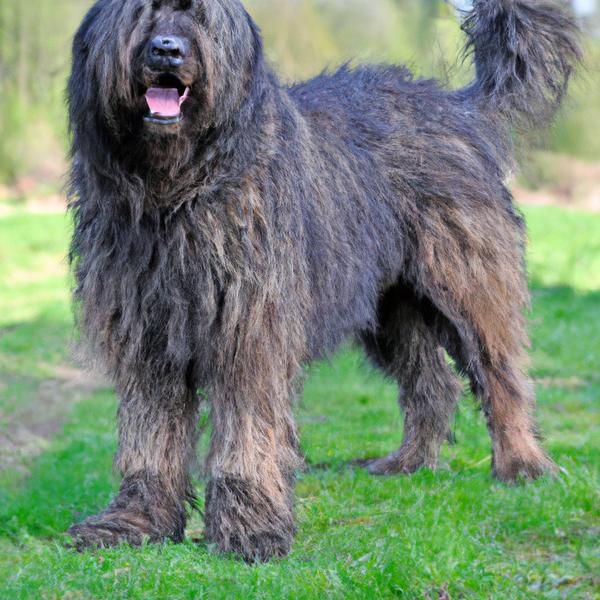
Bergamasco Shepherd
Australian Retriever vs Bergamasco Shepherd
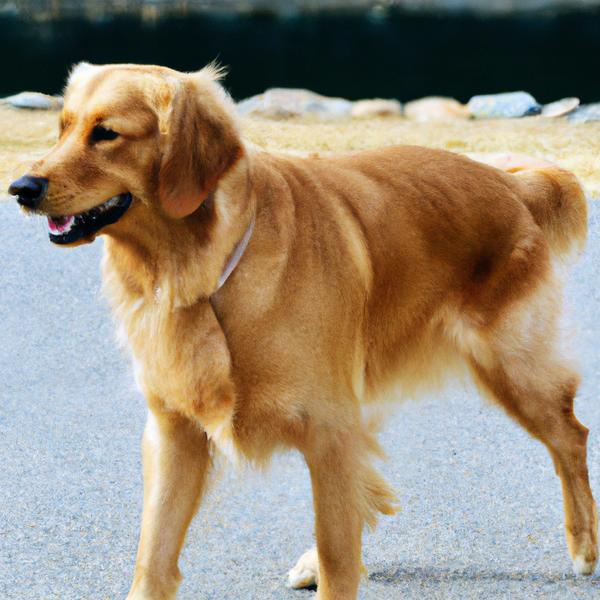
Miniature Golden Retriever
Australian Retriever vs Miniature Golden Retriever

Box-a-Shar
Australian Retriever vs Box-a-Shar
